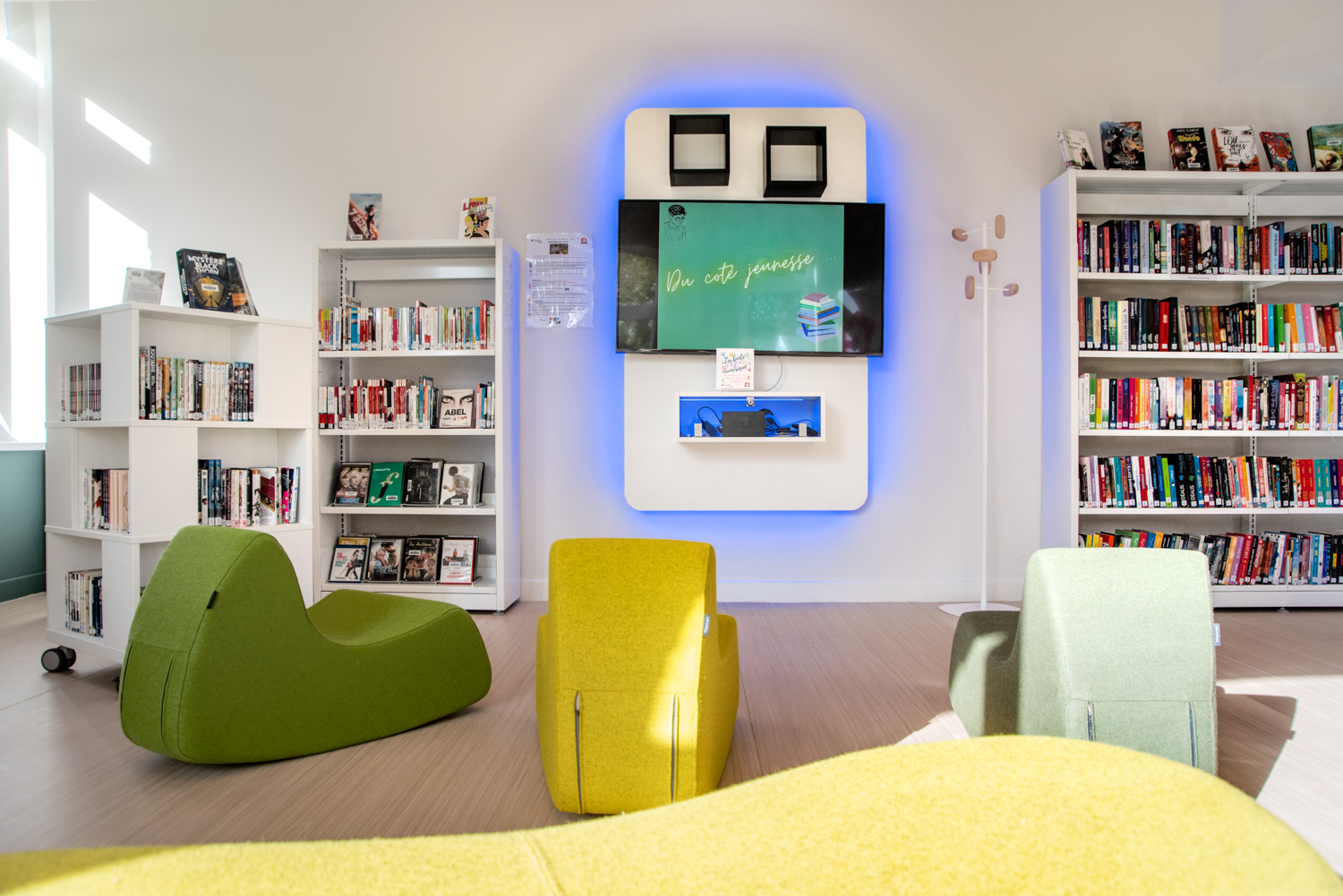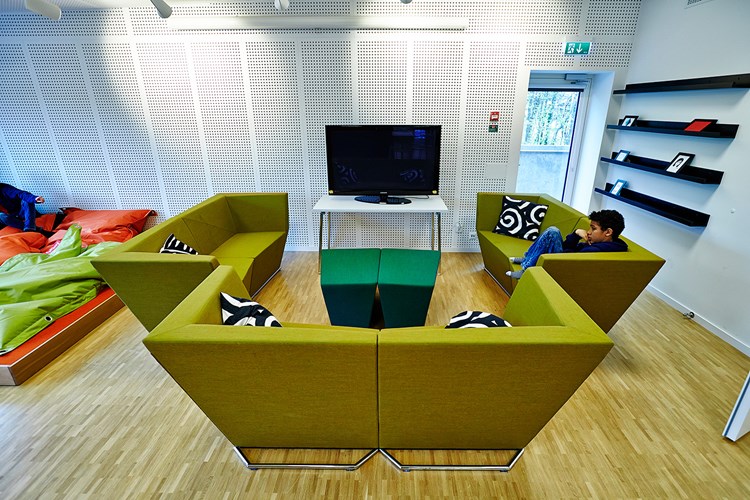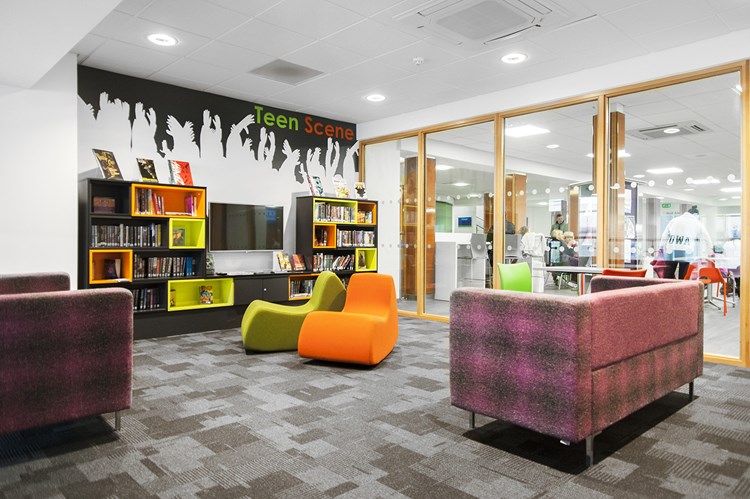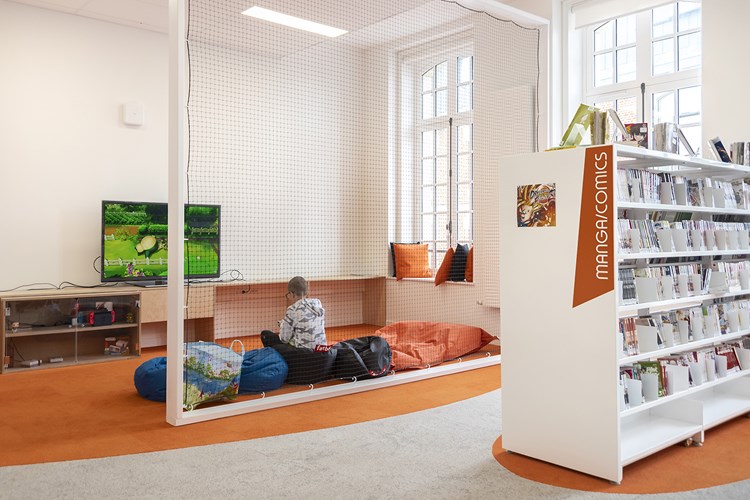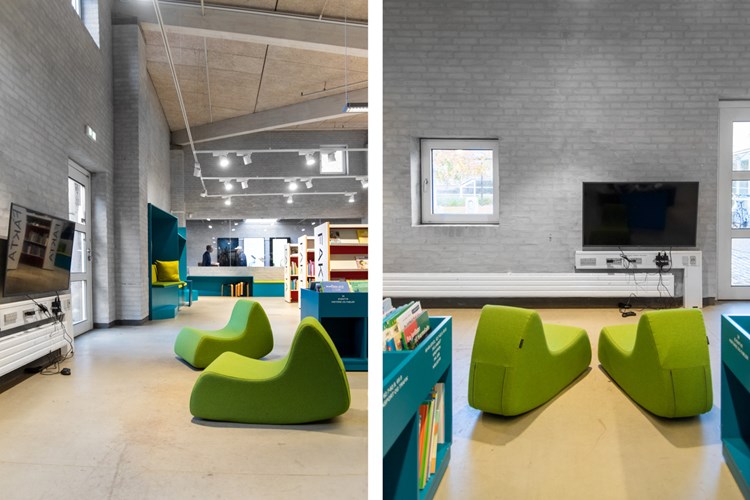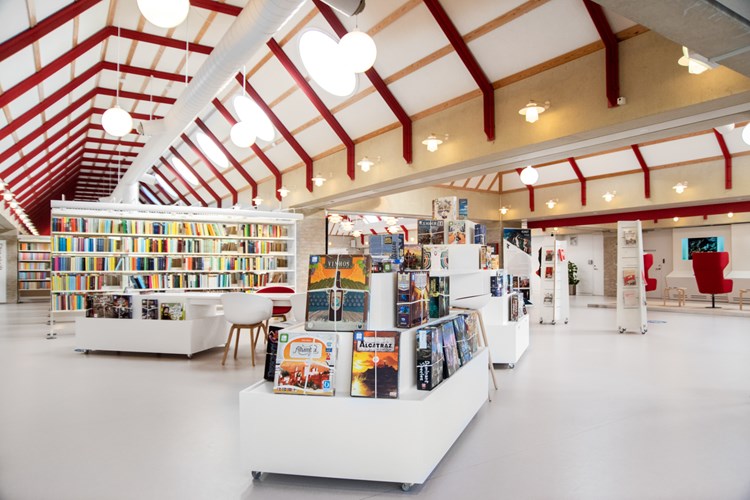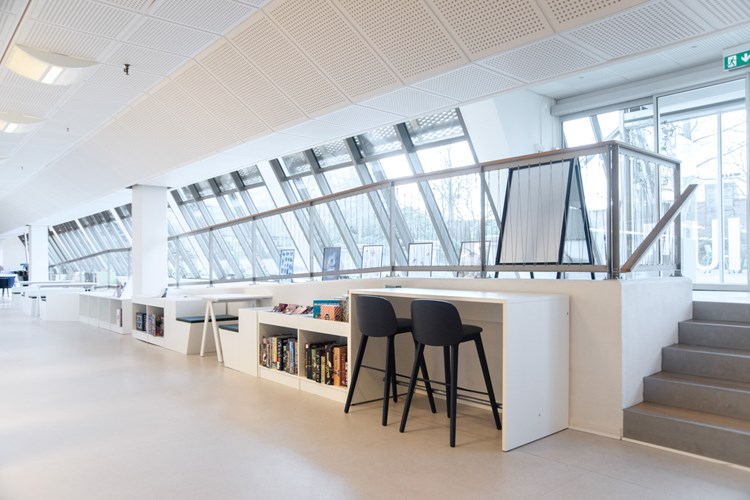Gaming
There is a superhero in every child
In the world of libraries, there's room for everyone—including those who love gaming.
Gaming and computers have become integral parts of children's and teenagers' lives, and a library can be the perfect place to create space for this activity. A gaming zone in the library is not just a place for children and teens to play computer games; it's an environment that supports learning, collaboration and creative expression.
In libraries, children and teens can immerse themselves in entirely different worlds where they can challenge themselves, embark on adventures and become true superheroes. This type of play and exploration not only provides an opportunity for fun but also for growth and development in new ways.
Why gaming zones?
Libraries are traditional centres of learning, but they can also function as spaces for play and games. Gaming zones in libraries give children and teens a chance to explore, learn and collaborate. In these zones, libraries can offer a range of digital games, from educational games to entertaining ones that engage young people in various ways.
One of the primary benefits of having a gaming zone in the library is that it allows children to interact with technology in a way that promotes their development. Games can help develop skills such as problem-solving, strategic thinking, collaboration and reflection, all of which are important in both learning and everyday life.
Klostergården Public Library, Lund, Sweden
Designing gaming zones
When designing a gaming zone in a library, it's important to consider both functionality and atmosphere. A gaming zone should be a place where children and teens can feel comfortable, whether they want to play alone or with others. It's important to create a flexible and inspiring space that supports both individual concentration and group work.
The furniture in a gaming zone should be ergonomic and comfortable, allowing young people to play for extended periods without discomfort. This can range from dedicated gaming tables to soft seating and poufs that facilitate group play. The technology should be up to date to provide young people with the best experience possible, including PCs, consoles and interactive screens that enable new forms of collaboration.
Barrhead Public Library, United Kingdom
Saint-Quentin Public Library, France
Frederikshavn Public Library, Denmark
Queen Mary University, London, United Kingdom
Benefits for children and teens
Gaming often gets a bad reputation but can actually be sources of learning and development. Many digital games require players to think strategically, work with others and make quick decisions—skills that can be useful both in school and later in life. Games that go beyond mere entertainment can help children develop critical thinking, technological skills and social competencies.
Additionally, games allow children to explore their creative abilities. Many computer games encourage creating, building or designing, providing a different form of learning not always present in traditional teaching methods. Games can also strengthen collaboration and communication, as many games require players to work together to achieve common goals.
An important part of the library's role is to support children's mental and social well-being, and games can be part of this support. In a space dedicated to gaming, children and teens can take a break from their homework or studies while developing important life skills in a relaxed and entertaining context.
Board games
In addition to computer games, many libraries also offer a wide range of board games.
Learn how board games can bring people together and see examples from exciting libraries.
Other projects
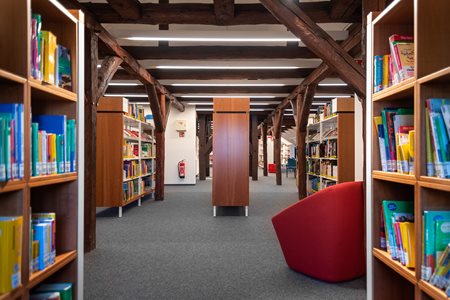
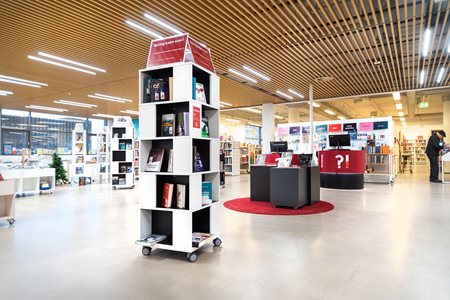
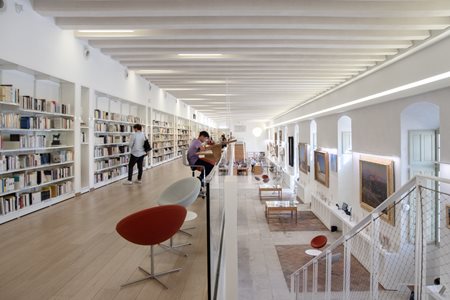

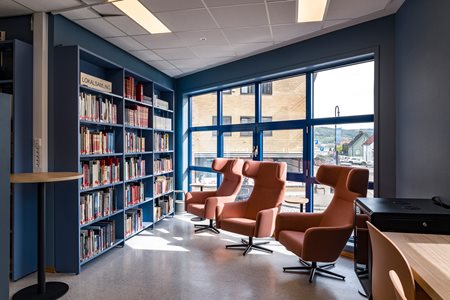

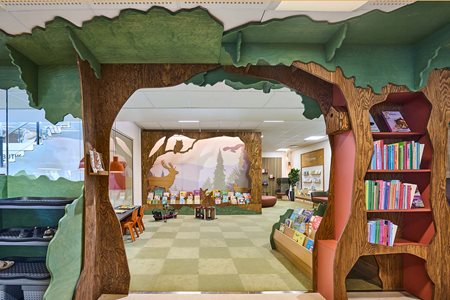

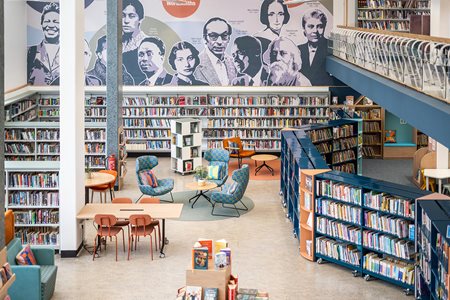

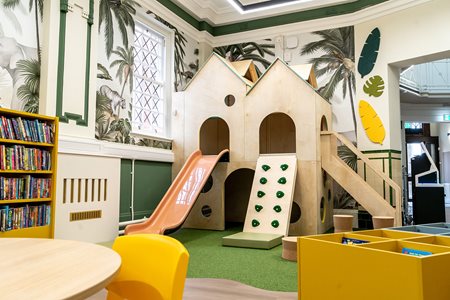

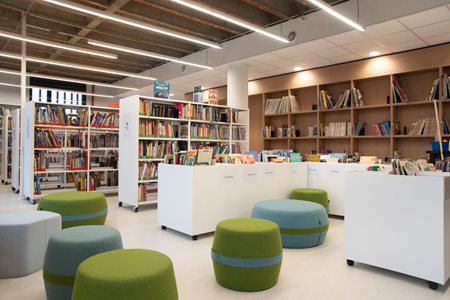
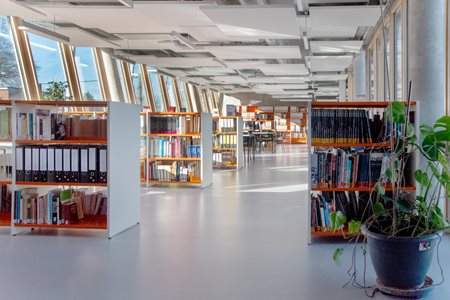
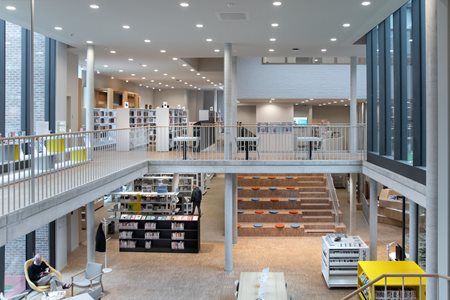
 Shopping basket |
Shopping basket | 


